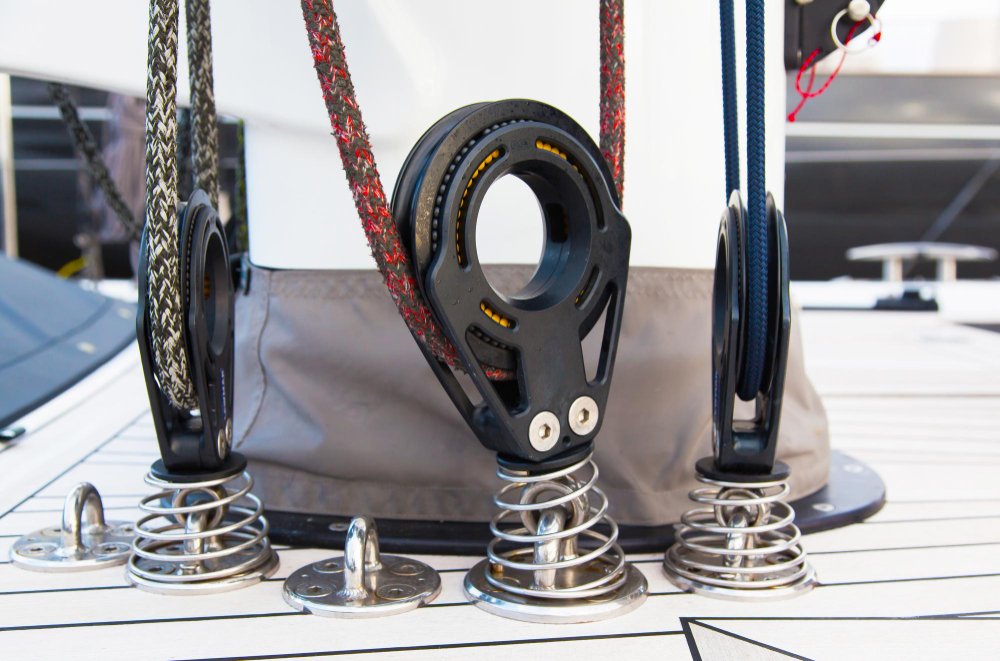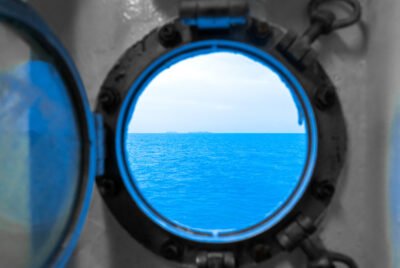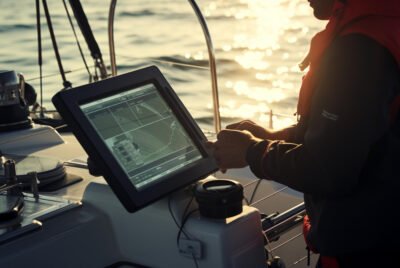Marine Adapter Kits
In the maritime industry, fluid control systems are fundamental to the safe and efficient operation of vessels. From fuel supply and cooling circuits to hydraulic machinery and ballast water management, the integrity of these systems hinges on the components that connect and regulate fluid flow. Among these components, marine adapter kits play a critical role. Acting as connectors between pipes, hoses, valves, and other fittings, adapter kits ensure that fluid systems remain secure, leak-proof, and compatible despite varying sizes, thread standards, and material types.
Despite their seemingly simple function, adapter kits are vital in preventing system failures that could lead to costly repairs, environmental hazards, or operational downtime. Their importance is especially pronounced in the harsh marine environment where exposure to saltwater, vibrations, and temperature fluctuations can challenge the durability of equipment. This blog will delve deeply into the types, materials, applications, and maintenance of marine adapter kits, offering insights backed by Maridec’s expertise in delivering reliable marine spare parts.
Understanding Fluid Control in Marine Systems
Fluid control encompasses the management of liquids and gases within ship systems to maintain desired flow rates, pressure levels, and directional control. This is essential for the proper functioning of engines, cooling systems, steering hydraulics, and more. Fluid control systems must be designed to operate reliably under the demanding conditions of marine environments, including high humidity, salt spray, and continuous motion.
In these systems, adapter kits provide the critical links between various components — connecting pipes of different diameters or thread types, joining hoses to valves, and ensuring that complex assemblies can work together seamlessly. Without these adapters, installing or repairing parts would be difficult, costly, or impossible due to incompatibilities.
For example, a hydraulic system may require adapters to join hoses made by different manufacturers or to connect standard pipe threads to specialized quick-disconnect fittings. Each connection point represents a potential risk for leaks or failures if the adapter is of poor quality or not properly selected.
Types of Marine Adapter Kits
Marine adapter kits come in various types to meet the diverse needs of maritime fluid control systems. Understanding these types is key to choosing the right kit for specific applications:
Threaded Adapters
Threaded adapters connect pipes or hoses with different thread standards or sizes. Common thread types in marine use include BSP (British Standard Pipe) and NPT (National Pipe Thread). Mismatched threads can cause leaks, so adapters that precisely match thread dimensions and profiles are essential. These adapters often come with integrated seals or require the use of thread sealants to ensure watertight connections.
Flange Adapters
Flange adapters are designed for high-pressure systems where secure, robust connections are necessary. Flanges use bolts to fasten pipe ends, pumps, or valves together, enabling easy disassembly for maintenance. The adapter kits include gaskets and bolts to provide leak-proof seals capable of withstanding marine operational stresses.
Quick-Connect Adapters
Quick-connect or quick-disconnect adapters are popular in systems that require frequent maintenance or part replacement. These adapters enable rapid connection and disconnection without specialized tools, reducing vessel downtime. Common applications include fuel supply lines and hydraulic control systems.
Bulkhead Adapters
Bulkhead adapters facilitate the passage of pipes or cables through vessel bulkheads or panels while maintaining watertight integrity. They are essential for preserving the safety and compartmentalization of a ship.
Specialized Adapters
Some adapter kits are custom-designed for specific equipment or functions, such as fluid transfer in ballast water systems, cooling circuits, or advanced hydraulic machinery. These kits often comply with international marine standards and certifications.

Material and Design Considerations
Choosing the right materials and design for marine adapter kits is crucial due to the aggressive nature of the marine environment.
Corrosion Resistance
Saltwater is highly corrosive, posing a significant risk to metal components. Hence, stainless steel (commonly grades 316 or 304) is the most widely used material for marine adapters, offering excellent resistance to corrosion and mechanical wear.
Brass and bronze are also used, particularly in freshwater systems or where cost constraints exist, but they offer less corrosion resistance than stainless steel.
Strength and Durability
Adapter kits must endure constant vibration, mechanical stress, and pressure fluctuations. Materials with high tensile strength and fatigue resistance help maintain system integrity over long periods.
Standards Compliance
Adherence to marine industry standards such as ISO, SAE, and API is vital. These standards ensure adapter kits meet safety, quality, and compatibility requirements, allowing seamless integration with other certified equipment.
Surface Treatment and Coatings
Some adapters receive additional surface treatments like passivation, electroplating, or specialized coatings to enhance durability and lifespan, especially in highly aggressive or temperature-variable environments.
Installation and Maintenance Best Practices
Even the highest-quality adapter kit can fail if improperly installed or maintained. Below are key guidelines:
Compatibility Check
Before installation, verify the adapter’s size, thread type, pressure rating, and material compatibility with the system components. Using incompatible adapters leads to leaks or mechanical failures.
Proper Use of Sealants
Apply recommended thread sealants or PTFE tape on threaded connections to create effective seals without over-tightening. Avoid excessive use, which can cause blockages or damage.
Correct Torque Application
Follow manufacturer specifications for tightening adapters. Over-tightening can strip threads or crack fittings, while under-tightening risks leaks.
Regular Inspections
Schedule routine visual inspections for corrosion, cracks, or wear. Pay attention to vibration-prone areas and high-pressure zones. Replace damaged or worn adapters promptly to prevent failures.
Documentation and Traceability
Maintain records of adapter installations, replacements, and maintenance activities. This facilitates troubleshooting and ensures compliance with maritime safety regulations.
Role in Hydraulic Marine Systems
Hydraulic systems control essential ship functions such as steering, winches, cranes, stabilizers, and propulsion components. These systems operate under high pressure and must maintain flawless fluid control.
Marine adapter kits in hydraulic systems connect cylinders, pumps, valves, and hoses, ensuring fluid flows without pressure loss or leaks. Any adapter failure can compromise system performance or cause dangerous malfunctions.
Selecting certified, high-quality adapters that match system specifications is critical. Maridec supplies a range of hydraulic marine adapter kits designed to withstand demanding pressures and environmental conditions, ensuring system longevity and safety.
Selecting the Right Adapter Kit for Your Vessel
Choosing the perfect marine adapter kit depends on a combination of technical and operational factors:
System Pressure and Flow Capacity
Evaluate the maximum pressure and flow rates within your system. Adapters must be rated to withstand these parameters without deformation or failure.
Environmental Exposure
Consider saltwater immersion, temperature extremes, UV exposure, and mechanical vibrations. Material selection and protective coatings must align with these factors.
Compatibility with Existing Equipment
Ensure thread types, sizes, and connection methods align with your vessel’s current components to avoid costly modifications or delays.
Future Maintenance and Upgradability
Opt for adapter kits that allow easy disassembly for inspection and repair, facilitating efficient maintenance schedules.
Supplier Expertise and Support
Partner with suppliers like Maridec, who provide certified products along with expert technical consultation, ensuring you receive tailored solutions backed by industry experience.
Maridec’s Solutions for Marine Adapter Kits
At Maridec, we understand the critical importance of marine adapter kits in fluid control systems. We offer a comprehensive range of:
Certified adapter kits for all common marine applications
Components made from premium stainless steel and corrosion-resistant materials
Customized solutions to meet unique vessel requirements
Technical support from experienced maritime engineers
Fast and reliable global delivery to minimize downtime
Our extensive portfolio and commitment to quality make us a trusted partner for vessel operators, shipyards, and marine maintenance teams worldwide.
Conclusion: Ensuring Reliable Marine Operations with the Right Adapter Kits
Marine adapter kits, though small, are indispensable for secure, efficient, and durable fluid control aboard ships. Their correct selection, installation, and maintenance safeguard against leaks, system failures, and operational risks.
By partnering with industry experts like Maridec and investing in high-quality, certified adapter kits, ship operators can enhance vessel reliability, reduce maintenance costs, and ensure compliance with maritime safety standards.





